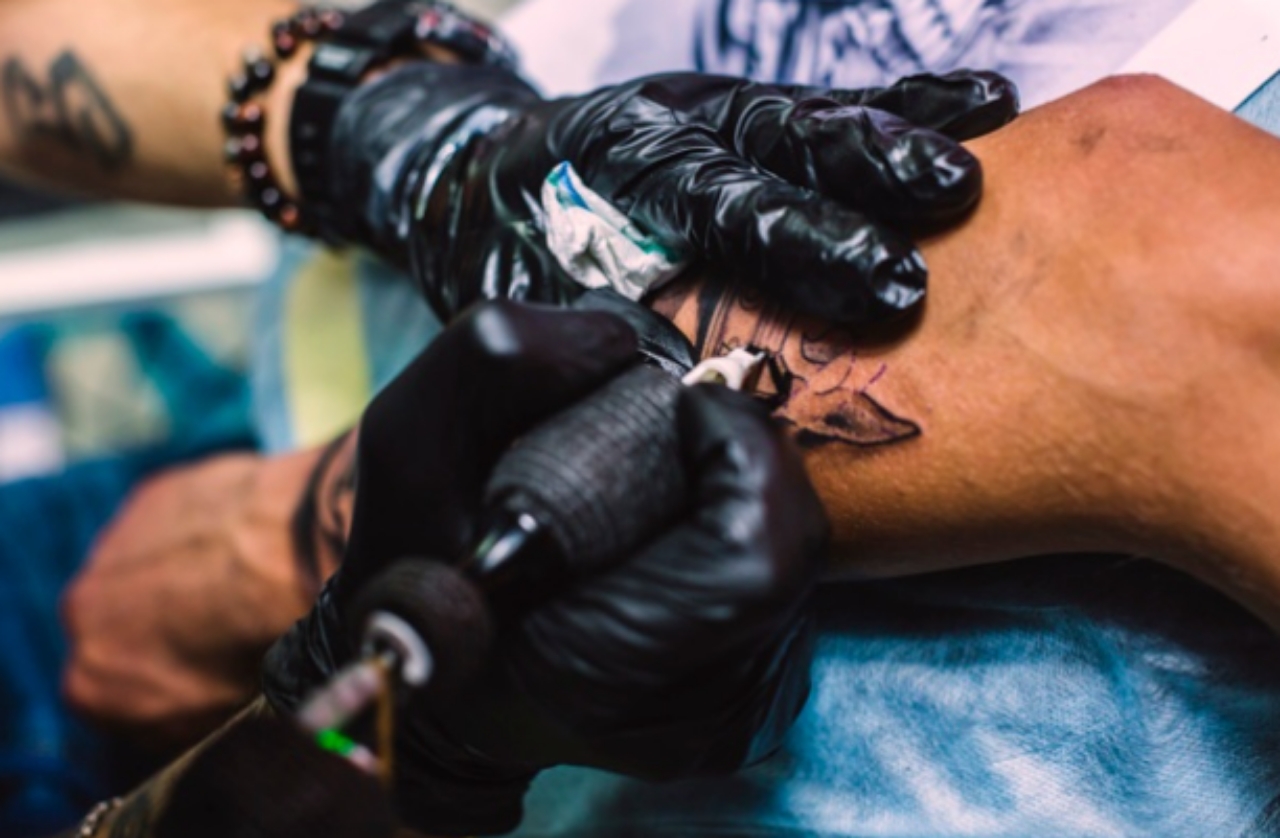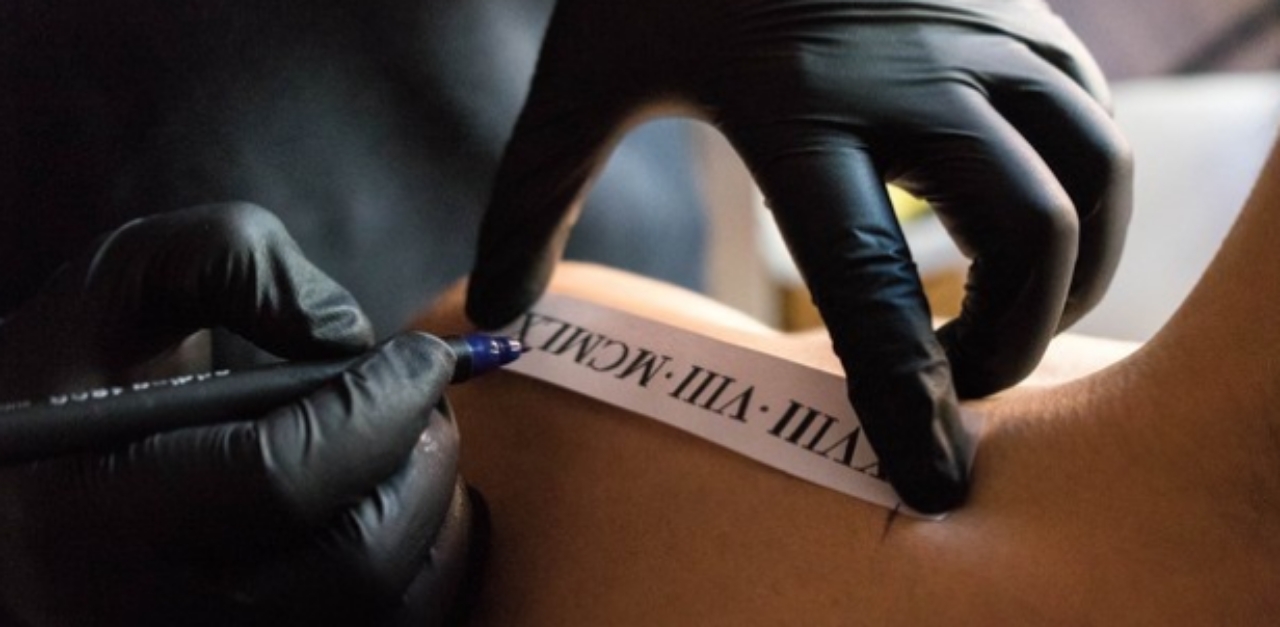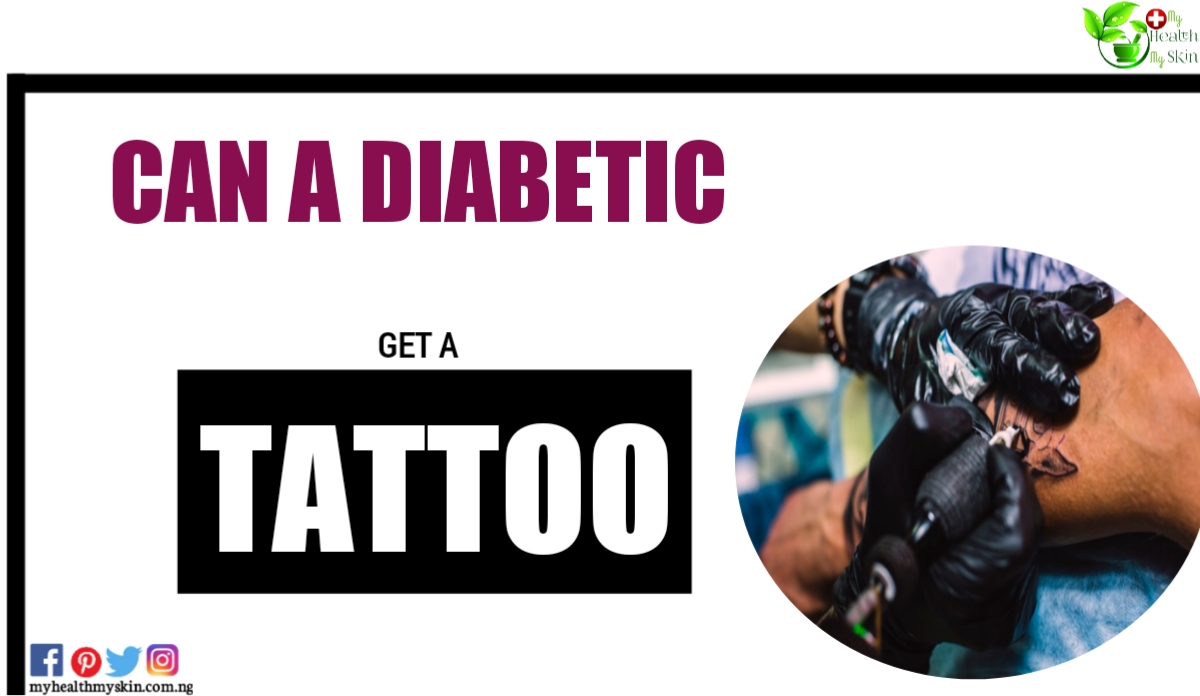Can a diabetic get a tattoo? This is a common question for those who have the disease, since the procedure involves a lesion on the skin, and diabetes makes healing difficult and increases the risk of skin infections.
To get a tattoo, a needle is used to inject ink under the skin. Although this damages the skin and initiates the healing process, a diabetic can get a tattoo as long as they take some precautions.
First, it’s critical that you make sure your diabetes is under control before getting a tattoo, as high blood sugar can impair healing and lead to complications.
When getting a tattoo, the second layer of skin called the dermis is punctured several times and a “wound” is created.
Thus, a tattoo or piercing or any other skin lesion breaks the skin’s protective barrier, which can be the gateway for microorganisms that cause infections.
As people with diabetes already have a greater difficulty in healing, it is essential to take all precautions before getting a tattoo so that the skin barrier is not exposed for a long time.
Remember that in addition to glucose, blood pressure can also rise during the procedure and both interfere negatively with healing and the risk of infection as they weaken the immune system.
This risk is even greater when the diabetes is type 1 as this is an autoimmune disease.
[lwptoc]
Precautions A Diabetic Should Have When Getting A Tattoo

Diabetics can get tattoos, but there are certain precautions that reduce the risk of complications.
For instance, checking your glycated hemoglobin with a blood test is a good strategy to make sure your diabetes is under control. Ideally, the glycated hemoglobin level should be below 8%. Also, it is important that you do not suffer from diabetic neuropathy, kidney disease, or heart disease.
Another care is related to the region of the tattoo. Although it is not a rule, it is prudent for the diabetic to avoid tattooing certain parts of the body where there is low blood circulation, such as:
- Buttocks
- Front of leg
- Ankle
- Foot.
As blood flow is less in these regions, healing time may be longer and the risk of infection is higher.
It is also recommended to avoid getting a tattoo where the diabetic gives insulin injections, such as the arms, abdomen or thighs. This is because such regions are already subject to great stress and tattooing would only increase the sensitivity of the skin.
If you have no idea where to get your tattoo, the wrist region is a good place for people with diabetes, as there is a lot of blood flowing there and healing can be a little faster.
General Tips on Safe Tattoos

After this small check-up and defining the best place for your tattoo, you must take the precautions that anyone who wants to get a tattoo should have, such as:
- Ensure the tattoo artist uses sterilized materials as well as gloves;
- Observe if the place is clean and if the tattoo artist follows good hygiene measures;
- Take care of skin hygiene after getting the tattoo, always following the instructions of your tattoo artist or doctor;
- Maintain a healthy diet with foods that help with healing and are anti-inflammatory. Know what you cannot eat when getting a tattoo .
Nowadays, there are even tattoos for diabetics that help identify the disease in case of medical emergencies.
By tattooing a symbol on the skin showing that you have diabetes, the medical team can have this information even if the person is unconscious.
Plus, it’s possible for people with well-controlled diabetes to get any tattoo they want safely. So, if you control the disease and want to get a tattoo, go for it. To see more post on Physical & Mental Health click here.

Do You Know Anyone With Diabetes Who Has Had A Tattoo? Comment Below!






